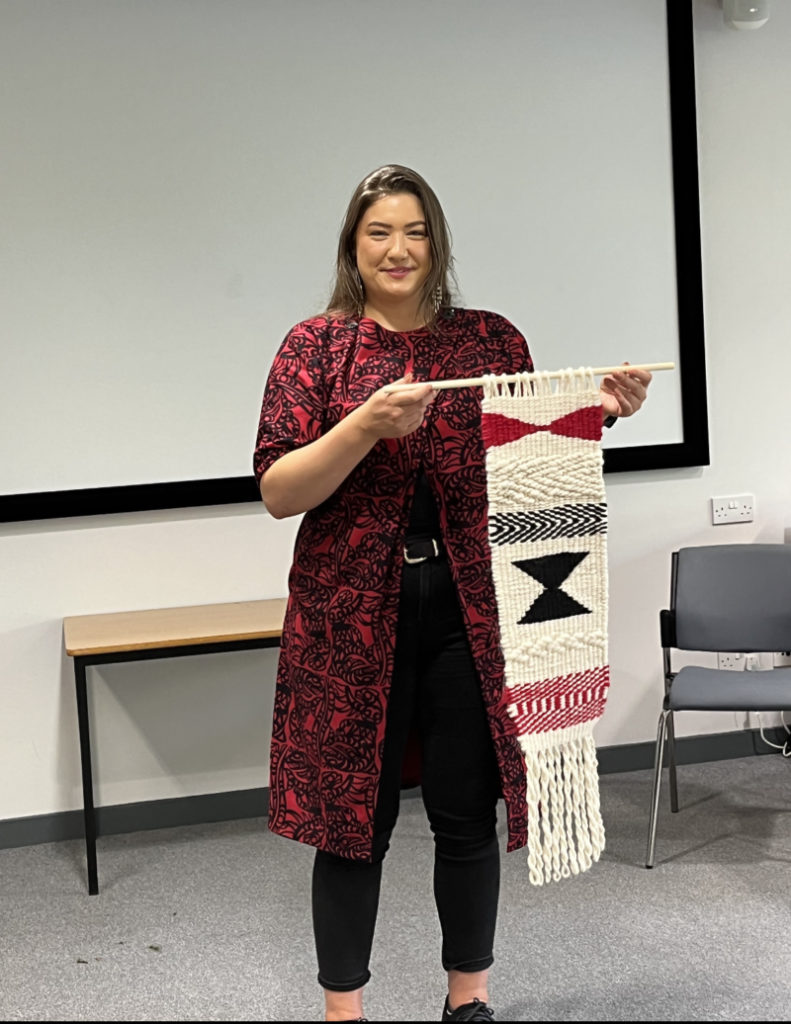
In the summer of 2022, ISR sponsored the research conference, The Feminist Imaginary: Creative Pedagogies and Methods for Gender Justice and Change. The conference brought together adult education scholars in universities and community practitioners with scholars and practitioners working in women’s museums and libraries across the globe. The aim of the conference was to share the creative and aesthetic community and pedagogical strategies being employed in these institutions to address the issues facing women and girls. “The feminist imaginary”, a radical imagination was used to re-story, re-historicise, re-visualise, re-represent and re-engage the lives and contributions of women.
Over the course of the conference, we heard about a number of vibrant and radical practices including the art activism from ArtActivistBarbie who now has an international reputation thanks to her audacious challenges to the overwhelmingly male centric museums and galleries in the UK and beyond.
We discussed intergenerational learning, with a powerful example provided from work in Ghana, where grandmothers’ knowledge of pottery and spinning, agricultural practices and cooking informed the development of decolonialised curriculum resources for local children.
We explored the impact of the ‘Butterflies Project’, which remembers the victims of femicide in Argentina in creative ways. Each year, a group of women makes a piece of art, 20cmx20cm in different materials (canvas butterfly-shaped; blindfolds; collage with little mirrors; table linens; masks; and little houses) to represent each victim, her name and age embroidered on.
The conference also revealed the silencing practices that are used on women’s museums when they dare to exhibit ‘taboo’ objects and stories.
We did not simply listen to stories of imaginative feminist projects: we used artistic methods to reflect on our learning within the conference space, as well as to capture our experiences of being in NW England (Ormskirk and Liverpool where we had a trip to the International Slavery Museum and Tate Liverpool).
We made collage, embroidery and a collectively constructed poem. As we shared, adult educator Nicola captured our stories and practices visually, in the form of graphic note taking.
Another powerful activity was the beautiful woven reflection that Theadora Harris, Snuneymuxw First Nation in Canada, produced during and for the conference. She began by encouraging each participant to help her to prepare the wool for weaving by rolling it back and forth meditatively as we listened to her and her mother, Dorothea, speak about the power of weaving as a feminist imaginary Coast Salish practice. For the remainder of the conference Thea worked quietly on the weaving and at the end, shared with us how the diverse and inspiring stories heard over the four days had influenced her choices of colour, design and weave. This weaving will become the logo for our Feminist Imaginary Research Network.

Dr Victoria Foster, Associate Director ISR, Edge Hill University
Professor Darlene Clover, University of Victoria, Canada
